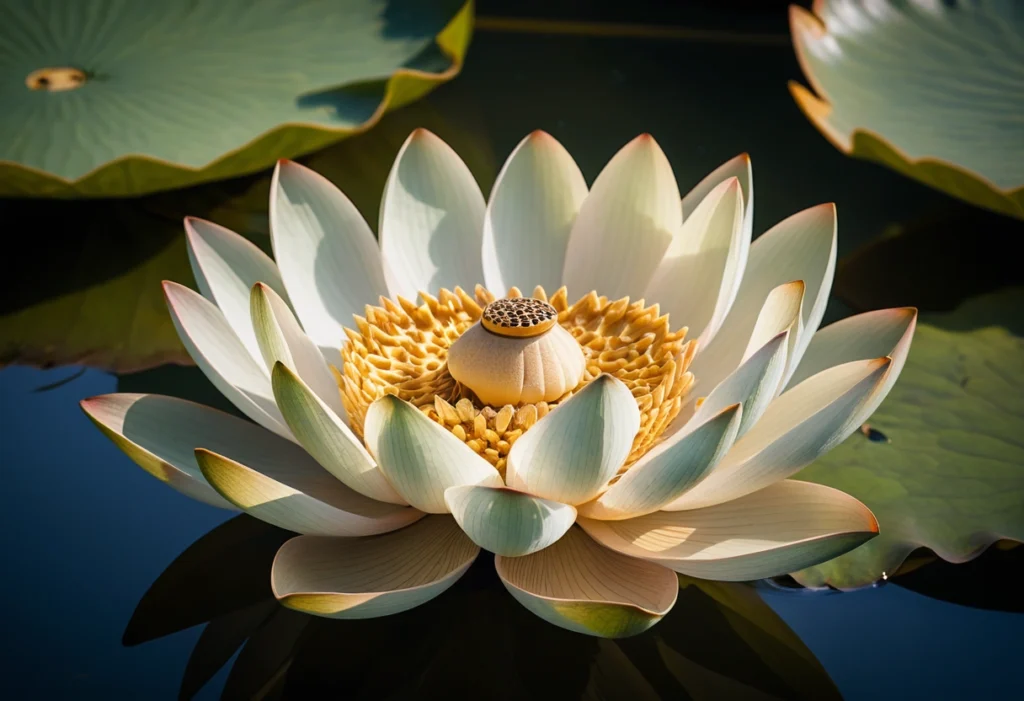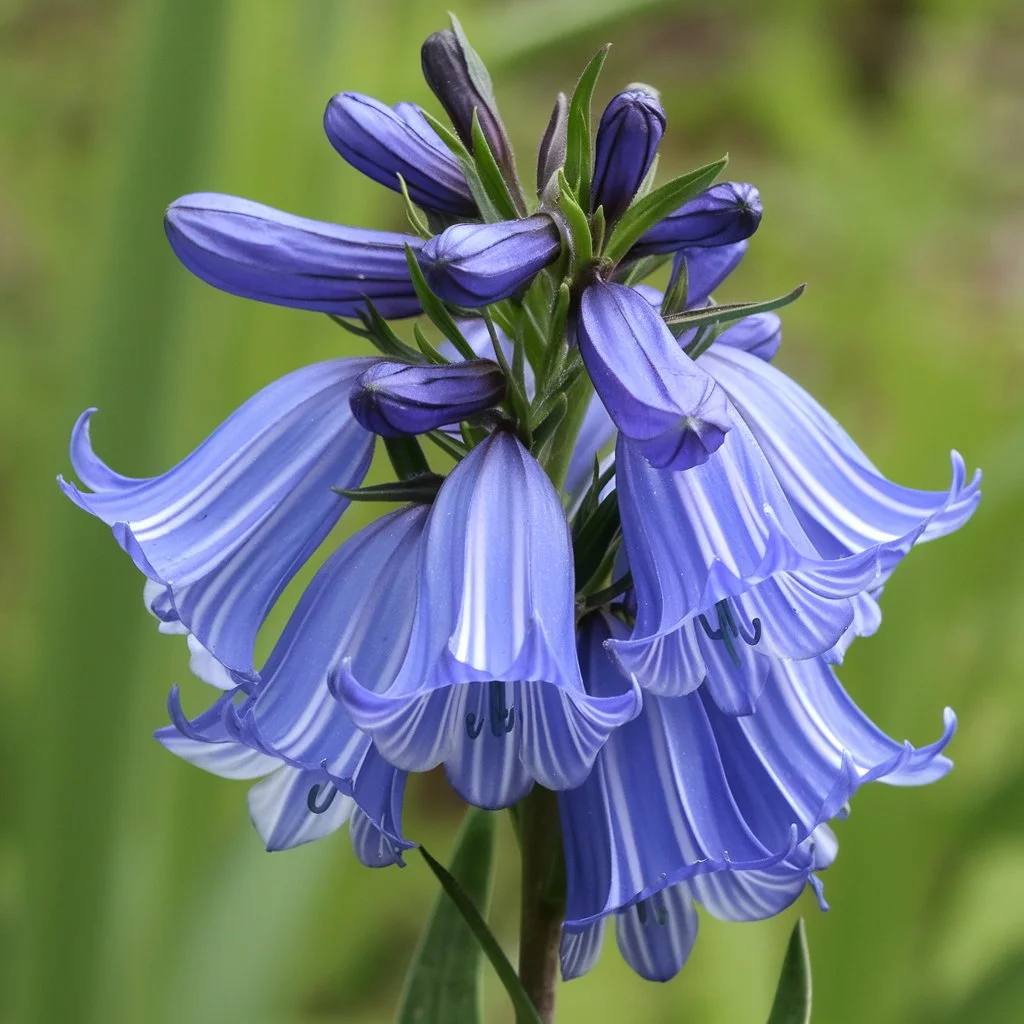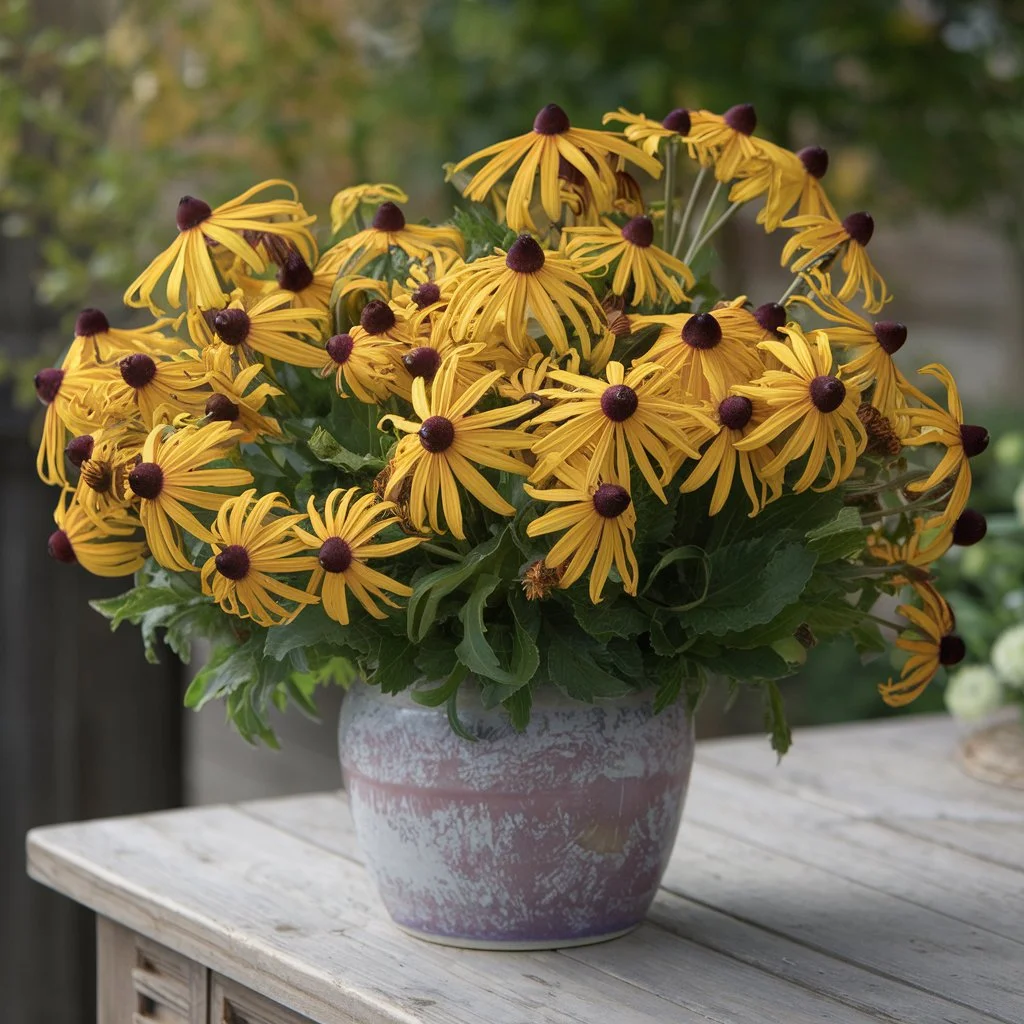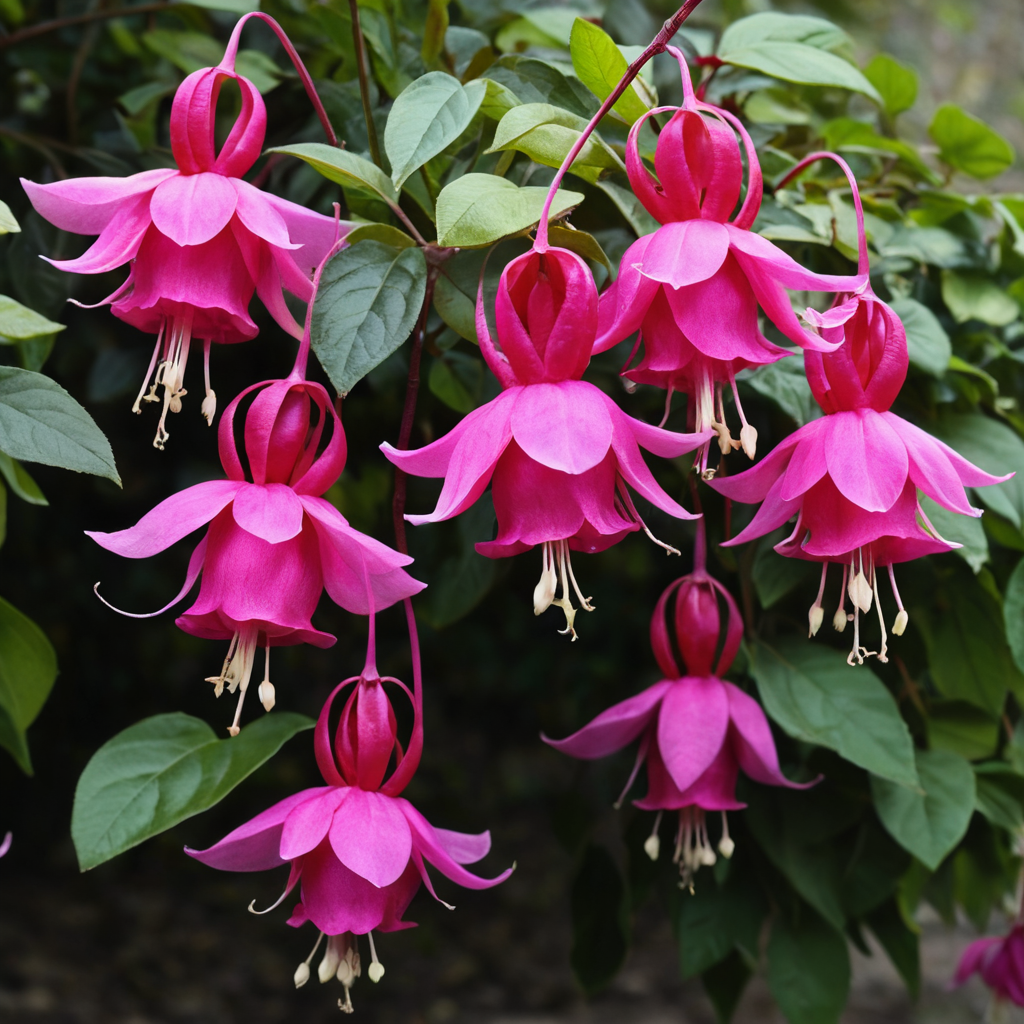Introduction
Have you ever stumbled upon a lotus flower pod and wondered, “What on Earth is this alien-looking wonder?” Well, you’re not alone! These quirky, honeycomb-like pods have captivated botanists, spiritual enthusiasts, and décor lovers for centuries—and for good reason. Beneath their simple, aquatic charm lies a world of fascinating secrets that might just blow your mind.
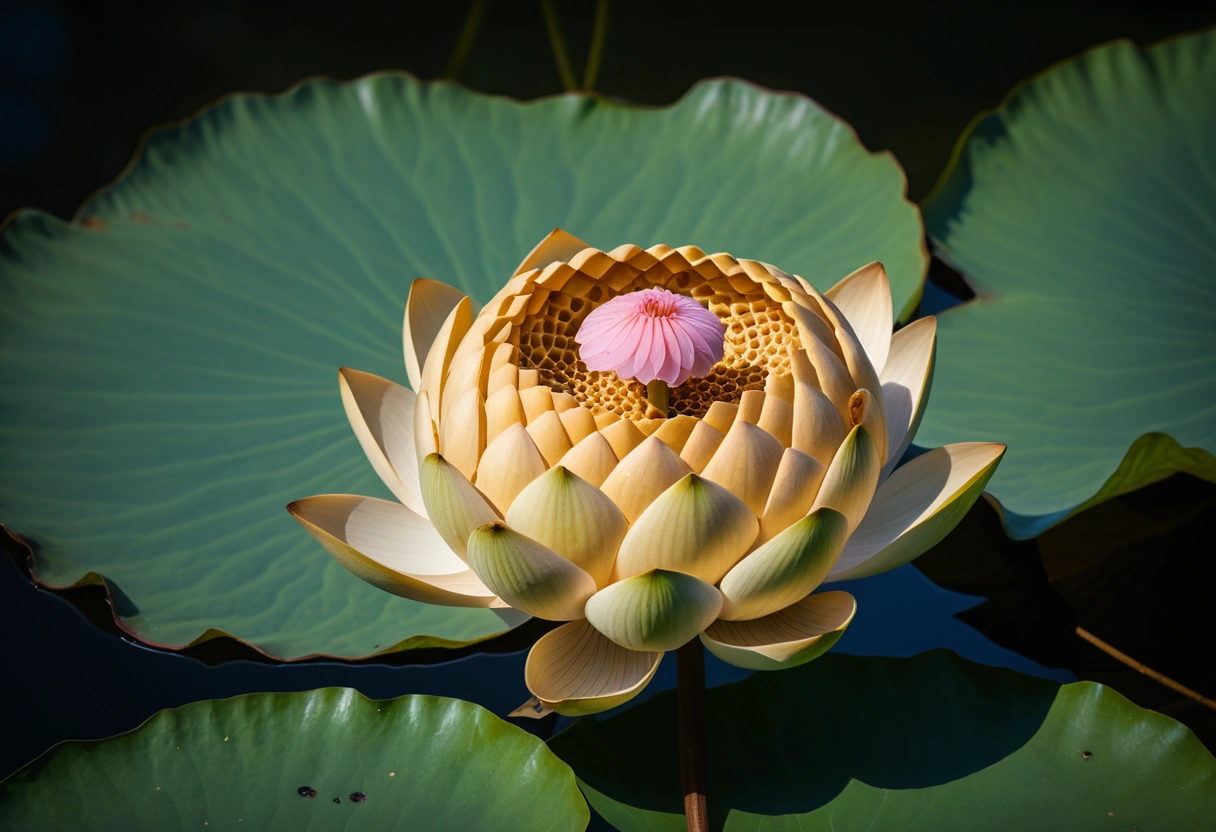
From their unbelievable seed endurance (we’re talking thousands of years!) to their role as a symbol of rebirth, lotus flower pods are anything but ordinary. But wait—there’s more! These pods don’t just look cool; they’ve got cultural significance, biological superpowers, and practical uses that’ll have you saying, “Wow, I didn’t know that!”
Ready to dive in? Keep reading as we reveal 10 surprising facts about lotus flower pods that’ll make you see this aquatic marvel in a whole new light. Trust us—you won’t want to miss a single one!
What Are Lotus Flower Pods?
Lotus flower pods are nature’s way of blending artistry with utility, creating a structure that’s as captivating as it is functional. From their role in the life cycle of the sacred lotus to their deep spiritual significance, these pods carry a story that’s worth exploring. Let’s dig into what makes lotus flower pods so extraordinary.
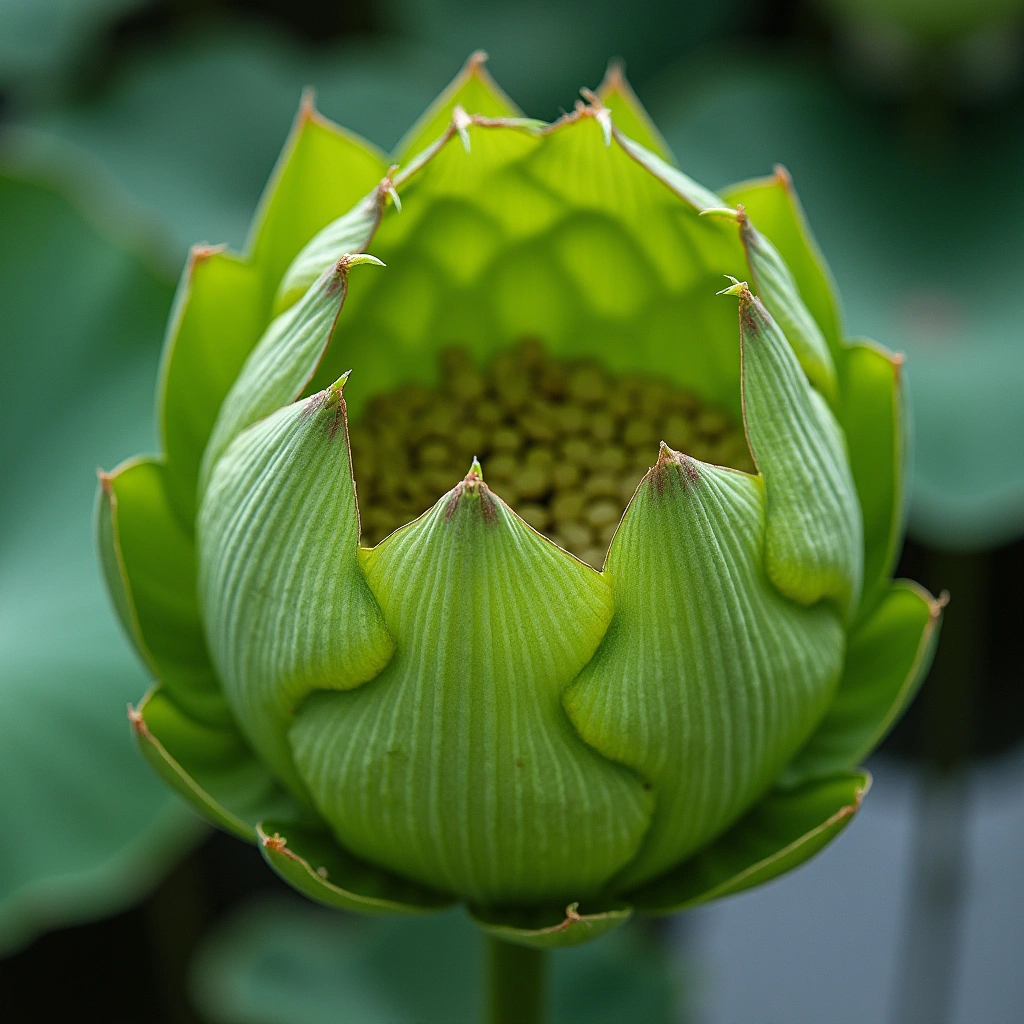
What is a Lotus Flower Pod?
At first glance, a lotus flower pod might seem like a quirky design from an artist’s imagination, but it’s a natural masterpiece packed with purpose.
- Description and Anatomy:
- The lotus flower pod is a seed-bearing structure that forms after the flower’s vibrant petals have fallen.
- Its circular shape, filled with small, evenly spaced cavities, gives it a honeycomb-like appearance.
- Inside each cavity is a seed nestled snugly, waiting for its moment to continue the lotus plant’s remarkable life cycle.
- As the pod matures, it undergoes a fascinating transformation, shifting from bright green to a rich brown hue. This color change signifies its readiness to release seeds.
- Role in the Life Cycle of the Lotus Plant:
- The lotus flower pod takes center stage after the flower’s prime, becoming a vessel of renewal.
- Once the seeds are mature, the pod releases them into the water, where they drift away, find fertile ground, and start a new cycle of growth.
- This ingenious mechanism ensures that the lotus plant thrives even in challenging aquatic environments, showcasing the resilience and adaptability of nature.
The lotus flower pod is more than just a plant structure; it’s a testament to nature’s ability to create beauty with a purpose.
Scientific Perspective
While the lotus flower pod is undeniably striking, its scientific story adds another layer of intrigue.
- Introducing Nelumbo nucifera:
- The sacred lotus, scientifically known as Nelumbo nucifera, belongs to the Nelumbonaceae family.
- This plant has been around for millennia and holds a revered place in botany, spirituality, and cultural traditions.
- Classification as an Aquatic Plant:
- As a perennial aquatic plant, the lotus thrives in shallow, murky waters. Its roots anchor firmly in the mud, while its leaves, flowers, and pods rise above the water’s surface with grace.
- This dual existence—rooted in the depths but reaching skyward—symbolizes purity and spiritual transcendence.
- The lotus plant plays a critical role in aquatic ecosystems, providing shelter and sustenance for various forms of aquatic life.
The scientific marvel of the lotus pod lies in its ingenious design, which not only ensures the survival of the species but also highlights the adaptability of life in challenging environments.
Symbolic Meaning
The lotus flower pod transcends its biological purpose, carrying profound meaning that resonates across cultures and centuries.
- Spiritual and Cultural Importance:
- In many cultures, particularly in Asia, the lotus pod symbolizes enlightenment, renewal, and the eternal cycle of life.
- Its seeds, known for their incredible longevity (some over 1,000 years old!), embody the idea of resilience and rebirth.
- In Buddhist and Hindu traditions, the lotus pod is often depicted as a sacred element, representing spiritual awakening and the journey toward higher consciousness.
- Popularity in Meditation and Mindfulness Practices:
- The symmetrical, calming design of the lotus pod has a soothing effect, making it a popular symbol in meditation and mindfulness practices.
- It’s used in rituals and décor to inspire balance, harmony, and a connection to nature’s deeper rhythms.
- Some practitioners believe that meditating on the lotus pod’s intricate design can help align one’s thoughts and foster inner peace.
The lotus pod isn’t just a plant structure—it’s a bridge between the natural and the spiritual, a symbol of life’s ability to flourish despite adversity. Its enduring beauty and profound meaning make it an icon of resilience, purity, and renewal.
This section sets the stage for understanding the lotus flower pod’s full story—one that intertwines biology, symbolism, and cultural relevance in a way few other plants can.
Fascinating Biological Features of Lotus Pods
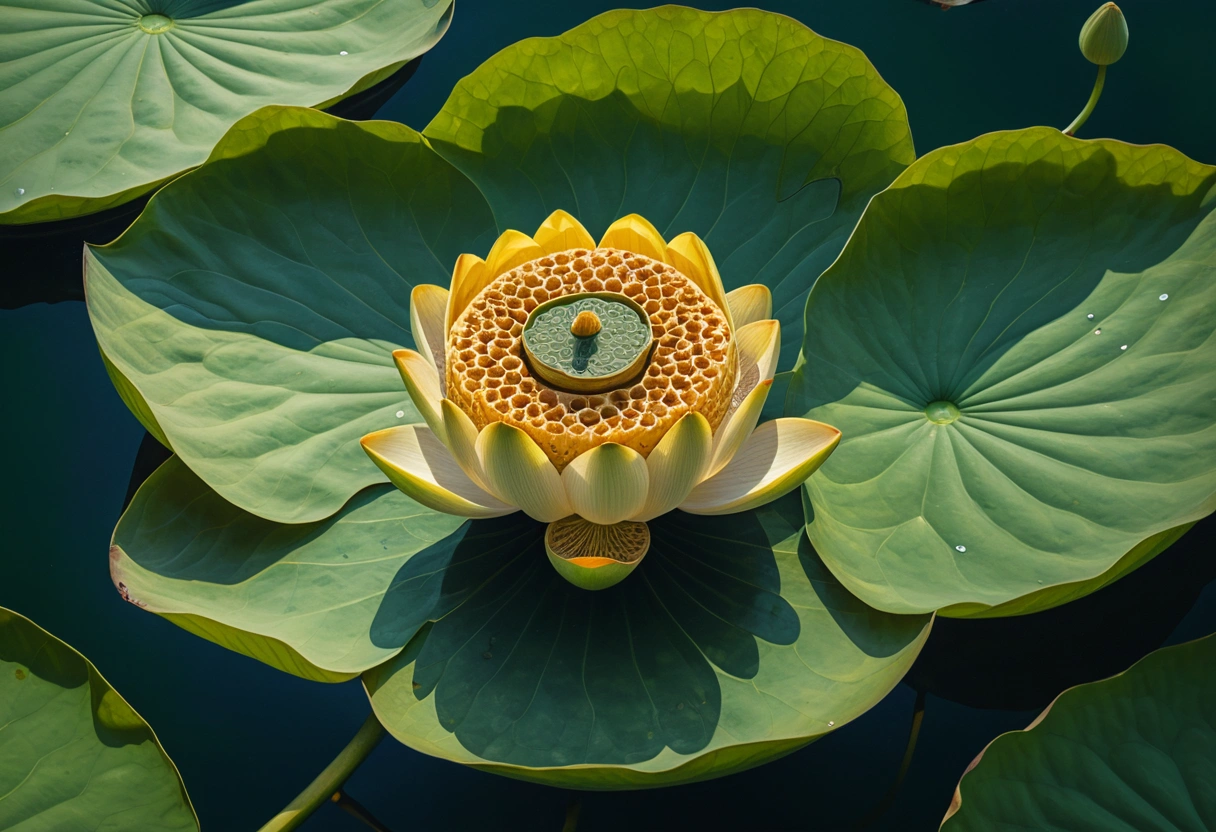
Lotus flower pods aren’t just pretty to look at—they’re biological marvels engineered for survival and reproduction. Packed with seeds, stories, and a structure that seems straight out of a sci-fi movie, these pods have mastered the art of thriving in aquatic environments. Let’s dive into what makes them so extraordinary.
Seed Dispersal Mechanism
The lotus pod’s primary mission? Ensuring the next generation of lotus plants continues to flourish.
- How They Release Seeds:
- Once the pod matures, it tilts downward, allowing its seeds to fall gracefully into the water.
- The seeds either sink into the muddy substrate below or drift with the current, finding a new home to sprout and grow.
- This clever mechanism ensures the lotus spreads far and wide, colonizing new areas and thriving in diverse conditions.
- Adaptation to Aquatic Ecosystems:
- Lotus pods are perfectly suited for life on the water.
- Their buoyancy allows them to float temporarily, giving seeds a better chance to disperse before they settle.
- By taking advantage of aquatic currents, the lotus maximizes its reach in wetland habitats.
Nature’s genius is on full display here, with the lotus pod acting as both caretaker and traveler for its seeds.
Durability of Lotus Seeds
If seeds were superheroes, lotus seeds would undoubtedly top the list. Their durability is nothing short of legendary.
- Impressive Longevity:
- Lotus seeds have been found viable after lying dormant for centuries—some for over 1,000 years!
- This astounding resilience is due to their tough outer shell, which protects them from harsh environmental conditions and decay.
- Symbolism of Rebirth:
- The seed’s ability to spring to life after centuries of dormancy has earned the lotus its symbolic association with rebirth and immortality.
- In many cultures, the seed is a metaphor for enduring hope and the potential for renewal, even after prolonged hardship.
It’s a testament to the lotus plant’s evolutionary brilliance that its seeds can outlast entire human civilizations.
Unique Design
Let’s not forget the sheer aesthetic brilliance of the lotus pod, which looks more like a designer’s experiment than a natural plant structure.
- Visual Appeal:
- The pod’s honeycomb-like holes are not only functional but also incredibly striking. Each hole cradles a seed, giving the pod a look that’s as mesmerizing as it is practical.
- Its symmetrical design and geometric perfection have earned it admiration from artists and botanists alike.
- Inspiration for Art and Design:
- From ancient carvings to modern home décor, the lotus pod’s unique shape has inspired countless creations.
- Designers often incorporate dried lotus pods into floral arrangements, sculptures, and even jewelry, celebrating their natural beauty.
- Their organic symmetry and tactile appeal make them a favorite subject for photographers and painters, who love capturing their intricate details.
The lotus pod’s design isn’t just about function—it’s a masterpiece that has captivated humans for centuries, proving that nature is the ultimate artist.
The fascinating biological features of the lotus pod show us that this plant is not only a survivor but also a storyteller, using its seeds and structure to narrate a tale of resilience, beauty, and endless potential. It’s no wonder these pods continue to capture hearts and minds worldwide!
Cultural and Practical Uses of Lotus Flower Pods

The lotus flower pod is more than a biological marvel; it’s a symbol, a resource, and even a creative muse. Revered across cultures and practical in countless ways, the lotus flower pod has made its mark far beyond ponds and wetlands. Let’s explore its cultural and practical significance.
Cultural Importance
The lotus flower pod holds a special place in the hearts and traditions of many cultures, particularly in Asia.
- Significance in Asian Cultures:
- In Buddhism and Hinduism, the lotus flower seed pod represents purity, enlightenment, and spiritual awakening. Its connection to renewal and rebirth mirrors the resilience of the sacred lotus itself.
- The white lotus flower is often used in rituals to symbolize peace and devotion, while the red lotus flower is associated with love and compassion.
- Use in Rituals and Ceremonies:
- Lotus pods are common in spiritual offerings, often paired with lotus pink flowers to create stunning displays of devotion.
- In meditation practices, the lotus pod flower is a reminder of mindfulness and the beauty of life’s cyclical nature.
The enduring symbolism of the lotus flower pod has made it a cherished icon in art, spirituality, and daily rituals.
Practical Applications
Beyond its cultural resonance, the lotus flower pod is highly versatile and finds practical use in everyday life.
- Décor and Design:
- Dried lotus flower seed pods are popular in floral arrangements, adding texture and a natural aesthetic to home décor.
- Artists and crafters use lotus pod flowers in sustainable designs, turning them into ornaments, sculptures, and even wall art.
- The symmetrical structure of the pod makes it a favorite for eco-friendly crafting projects.
- Sustainable Crafts:
- The dried pods are biodegradable and an excellent choice for environmentally conscious design.
- Their use in handmade crafts helps support sustainable living practices, giving the lotus flower pod new life beyond the pond.
Culinary and Medicinal Uses
Did you know the lotus flower pod is more than just visually stunning? It’s also a source of nourishment and healing.
- Seeds as a Snack or Ingredient:
- The seeds inside the lotus flower seed pod are not only edible but also delicious. Often called “lotus nuts,” they are roasted, boiled, or dried to make healthy snacks.
- These seeds are widely used in Asian cuisines, especially in desserts like mooncakes and porridges.
- Medicinal Properties:
- Traditional medicine values lotus pod flowers for their calming and restorative properties.
- The seeds and pods are believed to support digestive health, reduce inflammation, and promote better sleep.
- Some holistic wellness brands even incorporate lotus flower bomb scents into aromatherapy products to harness its soothing essence.
The practical uses of the lotus flower pod showcase its versatility, proving that it’s more than just a symbol—it’s a resource that continues to enrich lives in countless ways.
From spiritual significance to sustainable design, the lotus flower pod has transcended its humble beginnings to become a cultural and practical treasure. Whether adorning a sacred altar, a craft project, or a plate of delicious treats, this botanical wonder remains as relevant today as it has been for centuries.
Fun Facts About Lotus Flower Pods
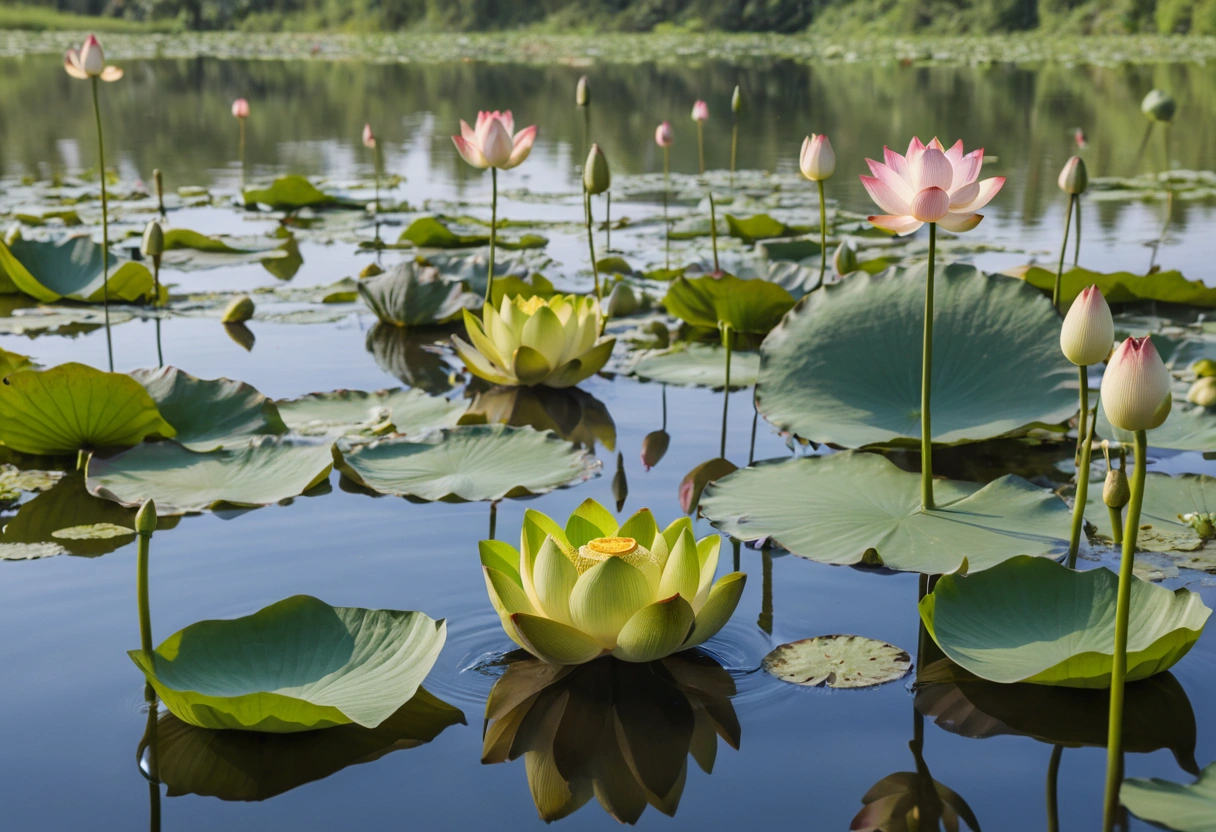
The lotus flower pod is more than just a fascinating plant structure—it’s a record-breaking, eco-friendly, and globally admired botanical marvel. Let’s uncover some fun and intriguing facts about these iconic pods that make them so extraordinary.
Record-Breaking Lotus Seeds
If you think seeds can’t make history, think again! Lotus flower seed pods hold some of the most impressive records in the plant world.
- The Oldest Germinated Lotus Seed:
- In 1994, scientists successfully germinated a lotus flower seed pod that was approximately 1,300 years old. Yes, you read that right—a seed dormant for over a millennium came back to life!
- This incredible feat highlights the legendary durability of lotus flower pods and their association with rebirth and immortality.
- It’s no wonder the lotus pod flower is celebrated as a symbol of resilience across cultures.
This ancient germination is proof that nature always has a few surprises up its sleeve!
The Floating Power of Lotus Pods
Lotus pods have a built-in survival mechanism that’s as clever as it is cool: they float!
- How They Float on Water:
- The hollow structure of the lotus flower pod allows it to stay buoyant, helping it drift across bodies of water.
- This unique adaptation ensures seeds are dispersed far and wide, giving the lotus plant the best chance to thrive in new environments.
- Seed Dispersal in Action:
- As the pod floats, it gradually releases seeds into the water, where they sink into the muddy substrate to germinate.
- This clever natural process highlights the lotus pod flower’s remarkable ability to adapt to its aquatic surroundings.
Watching a lotus pod flower gracefully float on water is like seeing nature’s own delivery system in action.
Global Popularity
The lotus flower pod is loved not just for its utility but also for its beauty and symbolism.
- A Favorite Among Plant Enthusiasts:
- Collectors and gardeners around the world adore lotus flower seed pods for their unique appearance and fascinating backstory.
- The pods are often displayed as decorative pieces, highlighting their honeycomb-like design and natural elegance.
- Inspiring Cultural Trends:
- From tattoos to home décor, the lotus flower tattoo and lotus pink flower have become global icons of spirituality, purity, and renewal.
- The white lotus flower and its pods continue to inspire creative expressions in art, jewelry, and even fashion.
The universal appeal of the lotus flower pod is a testament to its timeless charm and versatility.
Eco-Friendly Features
Lotus pods are more than just pretty—they play a critical role in supporting aquatic ecosystems and promoting biodiversity.
- Promoting Biodiversity:
- By dispersing seeds widely, lotus flower seed pods ensure the survival of the sacred lotus plant, which in turn provides shelter and food for aquatic life.
- The pods contribute to a healthy ecosystem by stabilizing wetland habitats and creating microenvironments for small organisms.
- Sustainability at Its Best:
- The lotus pod flower is a biodegradable natural resource that fits perfectly into sustainable lifestyles.
- Its eco-friendly properties make it a favorite in green crafting, sustainable décor, and even composting.
The lotus flower pod reminds us that nature not only creates beauty but also works tirelessly to maintain balance in the environment.
From record-breaking seeds to their floating finesse and eco-friendly contributions, lotus flower pods continue to amaze and inspire. Whether you’re a plant lover, a collector, or simply a fan of nature’s wonders, these pods are sure to capture your imagination.
Conclusion
And there you have it—10 fascinating facts about lotus flower pods that are sure to leave you in awe! From the oldest germinated lotus seed to the floating power that helps them spread across aquatic landscapes, these pods are nothing short of remarkable. Their incredible durability, symbolic meaning, and aesthetic appeal make the lotus pod a true marvel of nature.
What makes the lotus flower pod so special isn’t just its beauty—it’s the perfect blend of symbolism, function, and design. Whether you’re drawn to its spiritual significance, its role in supporting aquatic ecosystems, or its inspiring visual appeal, the lotus pod offers something for everyone.
So why not bring a little bit of this natural wonder into your own life? Whether it’s through a stunning lotus flower tattoo, a beautifully crafted lotus flower seed pod display, or simply appreciating its role in the environment, the lotus flower pod has much to offer.
Thanks for diving into this fascinating journey with us! May you now look at lotus pods with a newfound sense of wonder and appreciation.
Check out our latest article for more insights, and follow us on Facebook for updates! and connect with us on Instagram, Pinterest, and YouTube for more inspiration!

